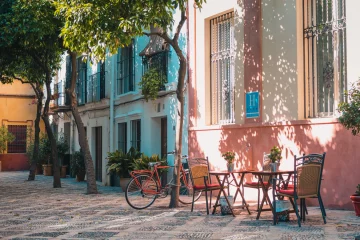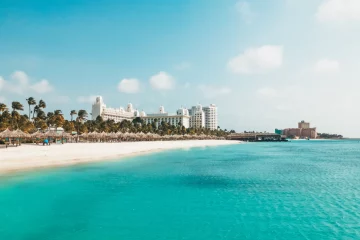Table of Contents
The diversity of Brazil
Brazil is considered as one of the places in which one can find racially mixed societies because the population came from different lands such as Africa, Asia and Europe; and all they had wrote the pages of the History of Brazil, which is considered as a disturbing history because the people, largest-ever slave population, offered their blood, sweat and tears in order to build Brazil.
According to History, the first inhabitants of Brazil didn’t have any advanced civilization that’s why they left few clues; but it is widely recognized that the first inhabitants were part of the first migrants who came into America from Asia. It’s believed that they inhabited the zone, organized in tribes, for about 8000 years before the Portuguese reached the coast of Brazil in 1500 AD.
The Portuguese colonization
The portuguese explorer
Pedro Alvares Cabral, a Portuguese explorer, was the first European that contacted a South American tribe, and he claimed the zone for Portugal. When the European settlers arrived in Brazil they found that tribes had only limited agriculture although those tribes mainly were made up of more than 5000 Indians. The Europeans were interested not only in territorial expansion, because after they conquered and controlled the country, they cared about the development of the country; so from that time on, the population of Brazil.
The official Language of Portugal is the Portuguese that is a legacy of the Portuguese colonization of the Americas and the huge immigration of Portuguese during that time. In the 18th century, the government made all efforts to expand the language through the entire colony in order to reach the consolidation of Brazil.
After the independence from Portugal
After the independence from Portugal by Dom Pedro, the frontiers of the country were established and nowadays we see Brazil as the largest country of South America, and it’s simply to notice by seeing the maps of Brazil and the difference with other countries. The legacy of the Portuguese language left by colonization is still in the country but time and the influence of other languages produced many changes and differences from the original Portuguese taught by Europeans.
The Brazilian Portuguese
The Brazilian Portuguese was influenced by the first Amerindian tongues, other African languages, which were spoken by African slaves brought to the country between the 16th and 19th centuries; and finally European and Asian immigrants. We can notice those differences if we visit Portugal and compare the pronunciation and lexicon of both languages. But it’s easier to notice those differences in the spoken language than in the formal written language because most of the grammar rules remain the same.
It’s curious that nowadays, the Brazilian dialect has become the language that influences the development of the Portuguese language due to the population of Brazil being almost 15 times the population of Portugal.



0 comentarios